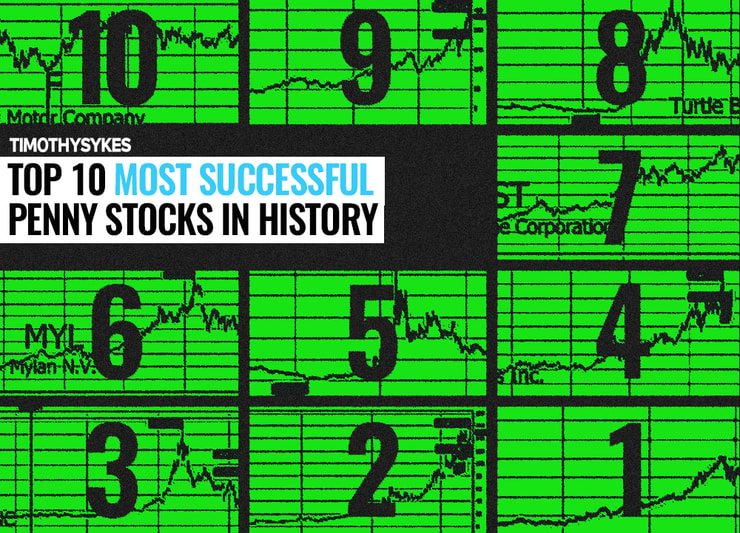My trade process is on full display in this red hot market.
We see new +100% stock spikes every week. And every week, they follow the same patterns over and over again.
To contribute to this volatility:
The Fed announced lower interest rates yesterday, October 29, as most everyone knew they would. And the market sold off into the close.
But the stocks in our sector don’t care about the Fed’s impact on the market.
The resulting volatility is enough to cause huge spikes among our favorite plays in the market.
My most recent example is a small-cap stock that already spiked 500%* this week.
It started yesterday during premarket hours. The company announced an integration with StarLink to advance its security platform and cloud management system.
And the float is only 12 million shares … When the supply of shares is that low, stocks can spike much higher.
It’s called Cambium Networks Corporation (NASDAQ: CMBM). And the price action is already following my patterns perfectly.
The more times that you see these patterns, the quicker you’ll pick up on the process.
Show up to the market everyday, ready to learn.
My Patterns On CMBM

2025 Millionaire Media, LLCThe most volatile stocks in the market like to follow a specific framework.
This framework has repeated in the market ever since I stumbled upon it in college more than two decades ago.
It’s based on fear and greed. And since people have always behaved predictably when it comes to fear and greed, this pattern continues to develop in the market.
We’re essentially trading human emotion as it manifests on a stock chart.
The entire framework consists of a few trading strategies. But one of the simplest to learn is the breakout pattern.
More Breaking News
- Decoding Seagate’s Recent Stock Surge
- Bloom Energy’s Soaring Success: A Game-Changer?
- Cameco’s Price Hike: What It Means
- Energy Fuels Stock Soars: What’s Next?
I included a chart of CMBM below that shows two breakout trade opportunities from October 29.
Every candle represents one trading minute:

Essentially, the stock will spike and set an upward resistance level. Then it pulls back, consolidates, and spikes through the resistance later in the day
It’s not a fool proof setup … There’s no sure thing in the market.
But with my trade process, we can protect against failed breakouts by controlling our entry.
Get the right entry and its smooth sailing.
It used to take students my months of studying to recognize key entry levels on the hottest stocks.
For example, Jack Kellogg, now with $27 million in profits, started learning my process in 2017 and didn’t find consistency until September of 2018.
But that was a few years ago … Since the advent of AI, this learning curve has grown exponentially shorter.
Now my newest students use an AI bot that follows my exact trading process.
They can prompt the AI with the hottest stock, and it gives them a trade plan as if they asked me directly.
Make sure to follow the entry and exit plan that it gives you.
Cheers
*Past performance does not indicate future results








Leave a reply